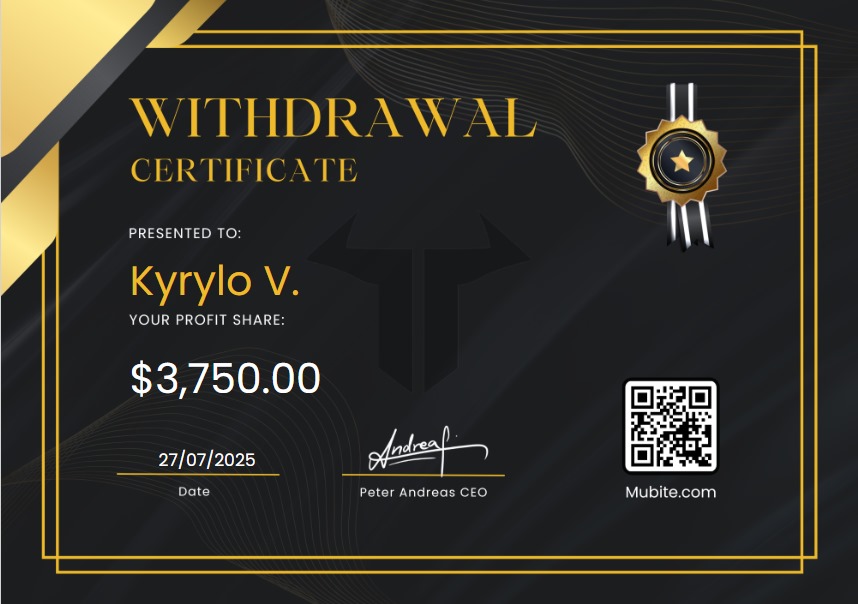What is prop trading?
Prop trading means trading with a proprietary trading firm’s capital instead of risking your own money. A prop trader follows strict rules, keeps drawdown under control, and shares profits with the firm.
What are prop firms?
Prop firms are companies – in crypto, forex, or futures – that provide traders with capital under an evaluation system. The best proprietary trading firms combine funding, risk rules, and profit splits so traders can scale.
How to get funded as a trader?
You pass a prop firm challenge or evaluation phase. Once you hit the profit target without breaking daily or overall drawdown, you receive a funded trading account. This is the first step in getting funded as a trader.
What is a funded futures trading account?
A funded futures trading account is given by futures prop trading firms once you pass their evaluation. You then trade futures with real capital, often keeping 70–90% of profits. Many traders call this the smartest path into funded futures trading.
Which are the best prop firms with instant funding?
The best prop firms with instant funding in forex, crypto, or futures, are those with clear rules, reliable payouts, and fair splits. Look for instant funded prop firms that are transparent instead of chasing the cheapest prop firm options.
Are all prop firms legit?
No. Only legit prop trading firms pay traders consistently and honor withdrawals. The top prop firms are known for strong reputations, fast payouts, and clear contracts. Always avoid unverified prop trading companies with unclear rules.
What is prop firm trading?
Prop firm trading means managing a prop firm futures or crypto account under strict risk controls. It’s not about gambling – it’s about following the rulebook, using solid trading indicators, and proving you can trade like a professional.
What makes the best futures prop firms stand out?
The best futures prop firms (also called futures trading prop firms) offer fair profit splits, reasonable drawdown rules, and structured evaluations. The best prop trading firms for futures are built to help disciplined traders scale.
Can crypto traders get funded too?
Yes. Many crypto prop trading firms now offer funded accounts. A crypto funded trader can access instant capital through a crypto trading prop firm or even a crypto trading fund. The rules mirror those of futures funding prop firms.
What mistakes should new prop traders avoid?




